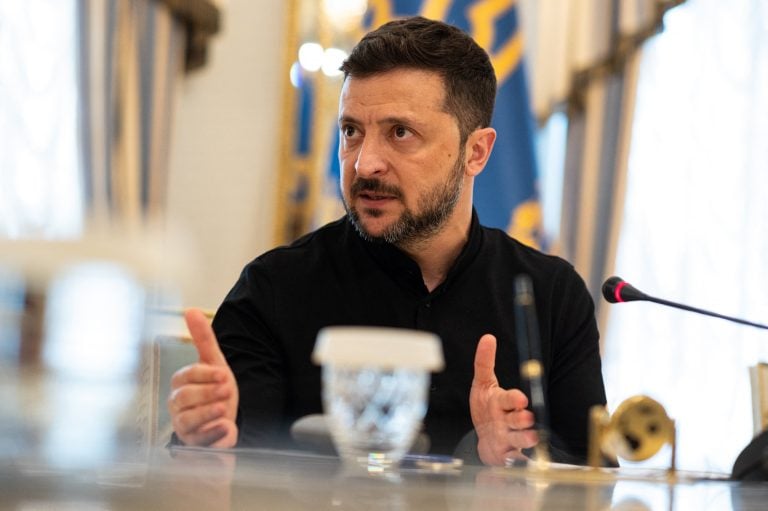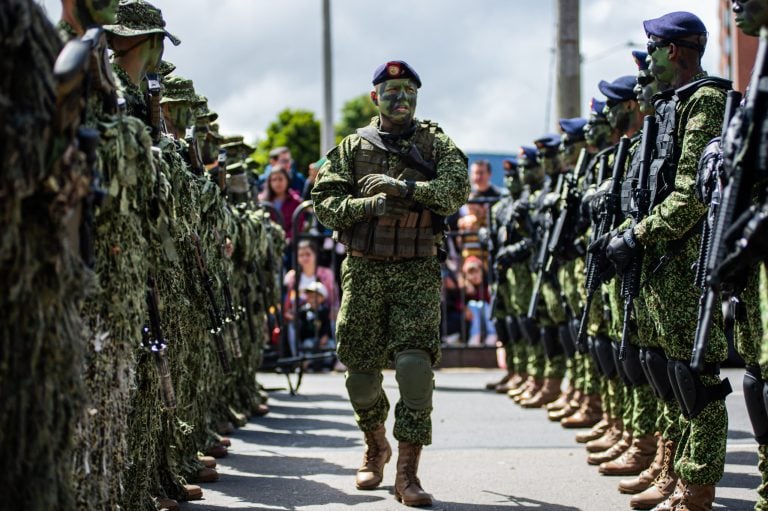Recent discussions surrounding the integrity of undersea cables in the Baltic Sea have highlighted a surprising culprit: fishing trawlers. Rather than espionage and sabotage attributed to Russian vessels, the United Nations reports that these trawlers are inflicting the most significant damage to critical underwater infrastructure.
Officials from Western nations have voiced concerns over alleged acts of sabotage by Russian ships targeting undersea communication and power cables, igniting fears of “hybrid warfare” directed at countries supporting Ukraine. In response, there is a growing call among European leaders and experts for enhanced maritime security to safeguard vital communications infrastructure.
Tomas Lamanauskas, the deputy head of the United Nations’ International Telecommunications Union (ITU), emphasized the rising awareness of the vulnerability and importance of this infrastructure that underpins global communications. He pointed out that the evolution of the internet has seen a shift, with tech giants increasingly assuming control over the laying and operation of undersea cables, which were once dominated by a consortium of telecom operators. Today, submarine cables are essential, transmitting approximately 99% of the world’s internet traffic, as they connect users across the globe through 1.4 million kilometers of fiberoptic cables located on the ocean floor.
Despite the alarming narrative of sabotage, data from the International Cable Protection Committee (ICPC) reflects a broader picture of the challenges facing undersea cables. The ICPC reports that there are typically 150 to 200 outages each year globally from various causes, averaging around three incidents weekly. While incidents of potential sabotage capture headlines, Lamanauskas highlighted that an overwhelming 80% of cable damage originates from fishing activities and anchoring. In addition to human activities, natural factors such as extreme weather and equipment failures contribute to the vulnerabilities of these cables.
The significance of these cables cannot be understated, as even a minor incident can have widespread repercussions. Lamanauskas noted that, despite the extensive network of undersea cables, there are only around 500 distinct cables globally. This limited number means that disruptions can send shockwaves through economies reliant on these connections. Notable incidents, such as last year’s severing of three submarine cables in the Red Sea, which impacted a significant portion of internet traffic between Asia and Europe, exemplify the critical nature of cable resilience.
In response to these ongoing vulnerabilities, the UN is advocating for greater international cooperation to bolster the security and reliability of undersea cables. To that end, the ITU and ICPC have established a specialized group tasked with exploring solutions, set to convene for the first time in Nigeria at the end of February. Lamanauskas outlined several strategies for enhancing cable resilience, including improved protective measures, expedited repair processes, and the installation of additional cables in less trafficked areas to facilitate data redirection in the event of disruptions.
Moreover, the UN stresses the importance of establishing comprehensive “cohabitation rules” to minimize risks posed by fishing operations and other maritime activities, which could inadvertently damage these crucial communication channels. As this issue gains traction on the global stage, concerted efforts will be necessary to ensure that the backbone of the world’s digital economy remains secure and operational.















